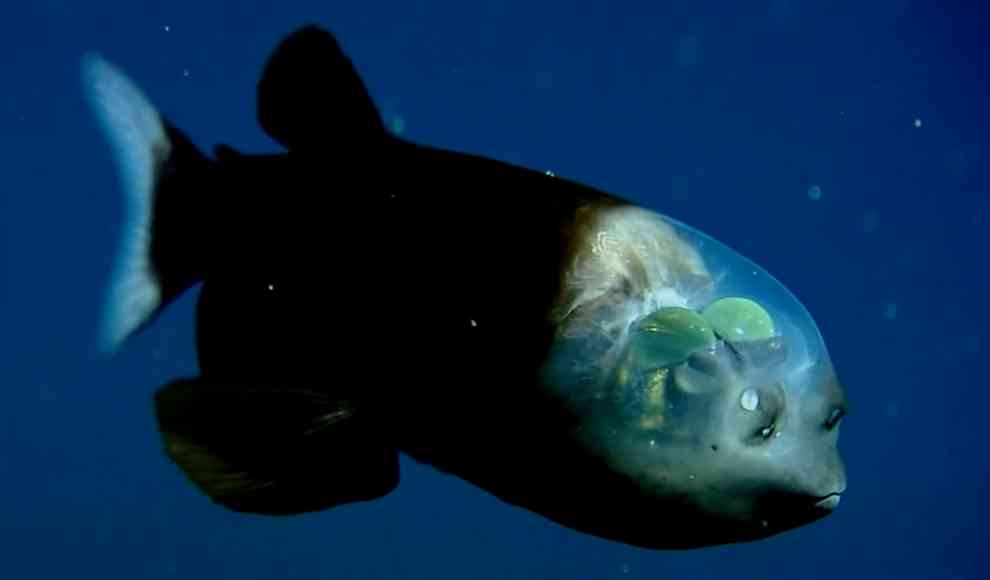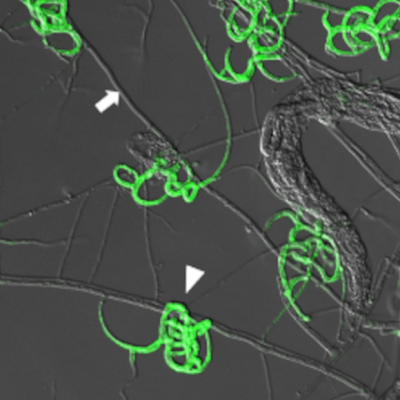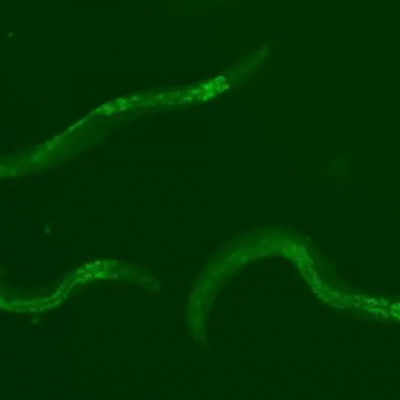In the unfathomable depths of our oceans, researchers have made an astonishing discovery of previously unknown life forms. These newly discovered species shed light on the fascinating and mysterious ecosystems of the deep sea, as well as unique adaptation strategies. These exceptional life forms inspire science and may contribute to groundbreaking medical and technological advancements. Despite covering more than 70 percent of the Earth’s surface, vast parts of the deep sea remain unexplored due to the extreme conditions of high pressure, darkness, and cold. However, these conditions have also enabled the development of unique and resilient life forms.
Researchers from various disciplines have increasingly undertaken expeditions to the deep sea in recent years to study the life forms there. By using state-of-the-art submersibles and remotely operated vehicles, they have discovered an impressive variety of previously unknown species ranging from microscopic organisms to bizarre fish and invertebrates. These organisms have fascinating adaptations to the extreme conditions of their habitat, including bioluminescent abilities and special body structures that can withstand the enormous pressure in the depths of the oceans.
The exploration of these newly discovered deep-sea creatures could have far-reaching implications for various scientific fields. For example, enzymes and substances produced by these organisms could contribute to the development of new drugs and therapies. Additionally, the unique adaptation strategies of these creatures could serve as inspiration for innovative technologies such as materials that can withstand extreme conditions or energy-saving lighting concepts. The discovery of these new life forms highlights how little we know about the deep sea and its inhabitants, emphasizing the need to protect and preserve these ecosystems. The exploration of the deep sea can help us better understand the importance of these ecosystems for the balance of our planet and bring their conservation into the focus of environmental protection measures.










